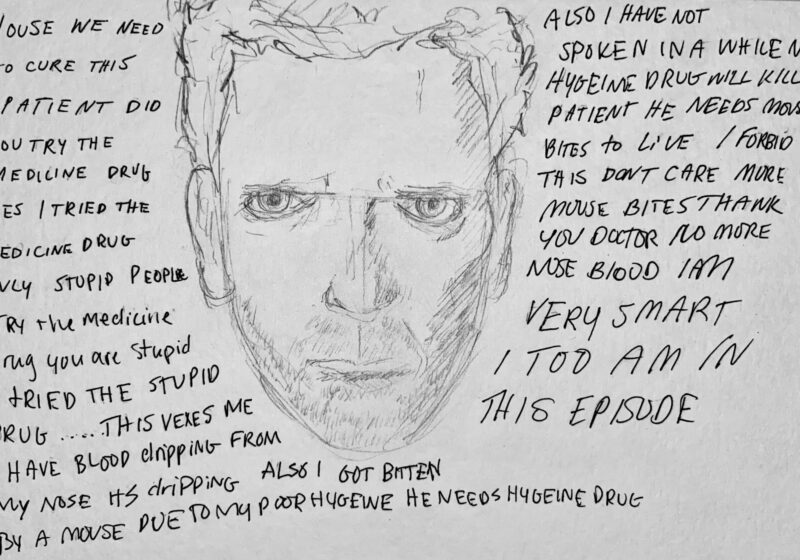I was really excited when I got my first credit card. I was 18 and I felt like an adult. Me and my $500 credit limit went places. I went out to dinner, I bought myself a CD every now and then, I rented movies. Oh, I also paid my bill every month.
It was my clever plan to build credit and spend money at the same time. My dad just cautioned me not to get myself into too much debt.
I should have listened to that advice. It all started off okay. I managed my one credit card well, developing a positive credit rating and paying off my bills each month. Then, something happened. I went to college and as I developed good credit my limit started to increase. I was able to get a second and a third card and slowly I found myself in deeper debt. It was much easier to justify carrying a little bit more of a balance month to month. I could always pay it back later.
That’s how the cards work and that’s why they prey on college students. We need money and being in college we just assume we can pay our debts later. The facts are staggering and it is obvious that college students are targeted by credit card companies. According to the Nellie Mae Foundation, the percentage of college students holding at least one card in 2001 has risen 24 percent since 1998.
Although freshmen have the lowest rate of credit card possession among undergraduates, 54 percent of them enter college with a credit card. That number increases to 92 percent one year later at the beginning of their sophomore year. From when students arrive in college to when they graduate, they double their average credit card debt and triple the number in their wallets.
Not surprisingly, one-fifth of the nation’s college students are carrying credit card debts of more than $10,000, according to the General Accounting Office.
John Simpson, an administrator at the University of Indiana, summed up the issue facing college students by saying, “Credit cards are a terrible thing. We lose more students to credit card debt than to academic failure.”
Colleges have begun to watch out for their students and UR has followed suit restricting access of campus to credit card companies. They should not prevent them from coming on campus, but they should ensure students are educated on the consequences of too much credit.
More needs to be done at a national level to prevent students from being targets. House Resolution 184 hopes to limit the abiliy of credit card companies to abuse us. The resolution, currently in congressional committee, regulates the credit that credit card companies can give to students, eliminating fine print in credit card agreements and requiring parents to agree in writing to increases in the credit limit on cards in which they have co-signed. This will save students who would otherwise live in debt.




